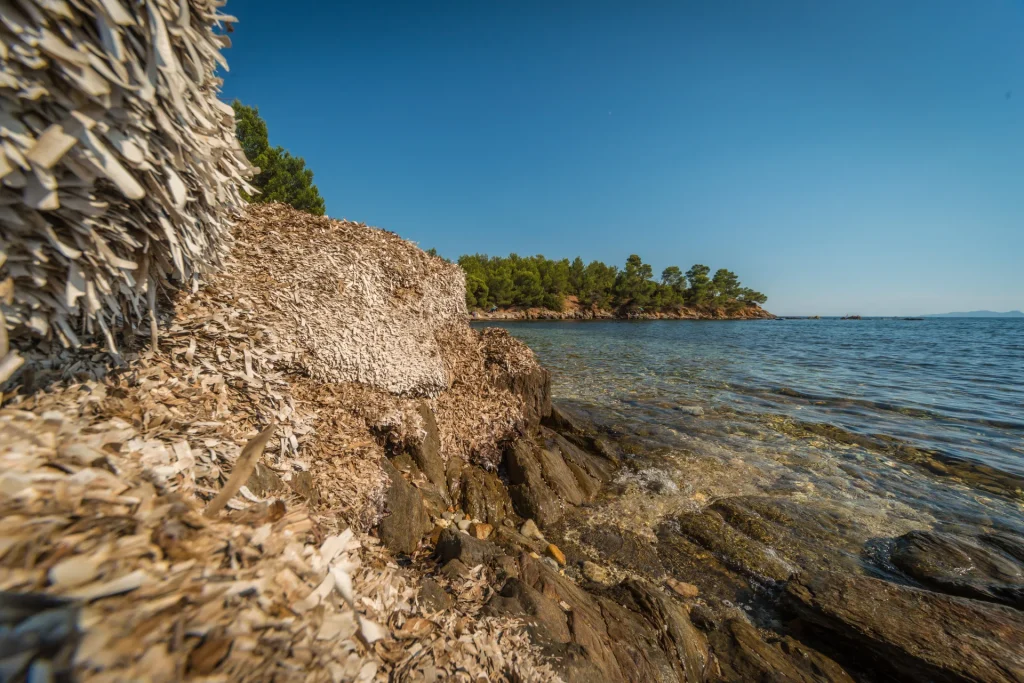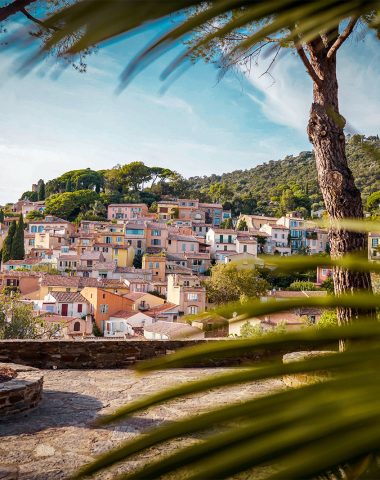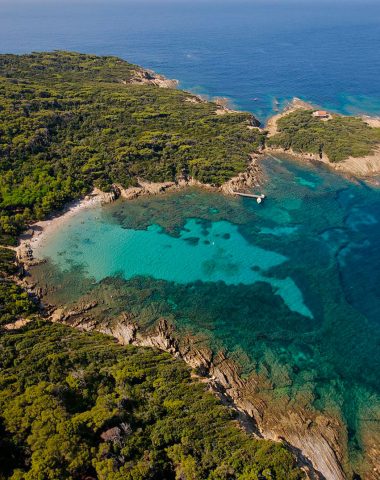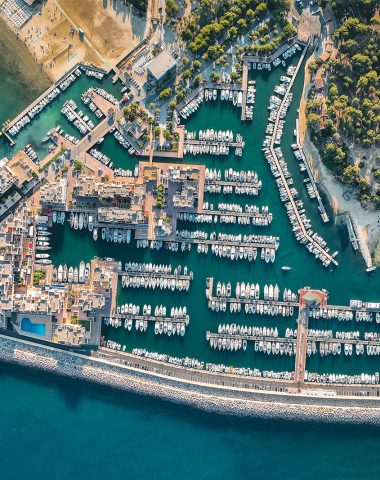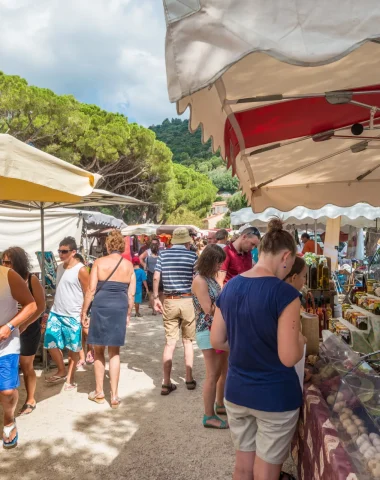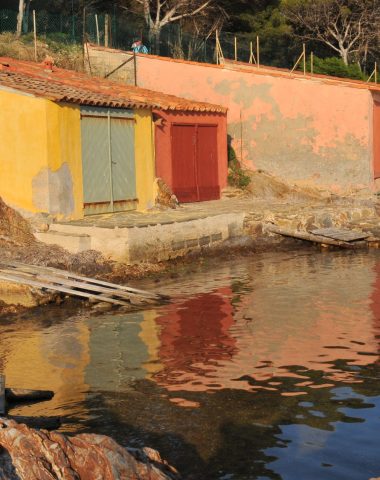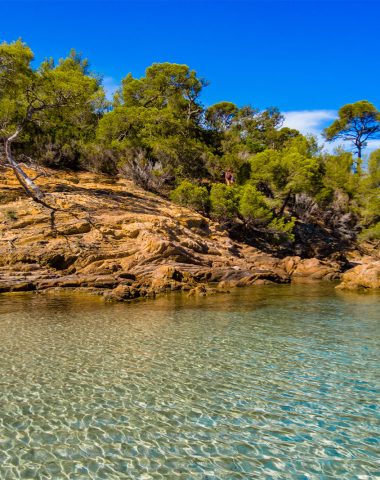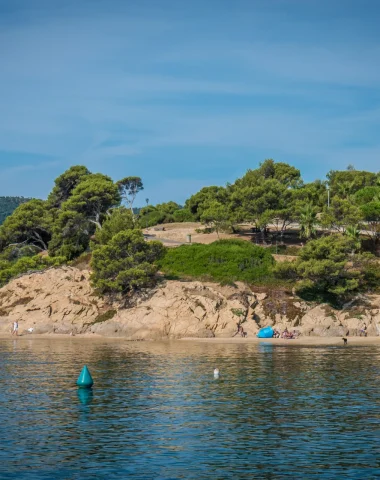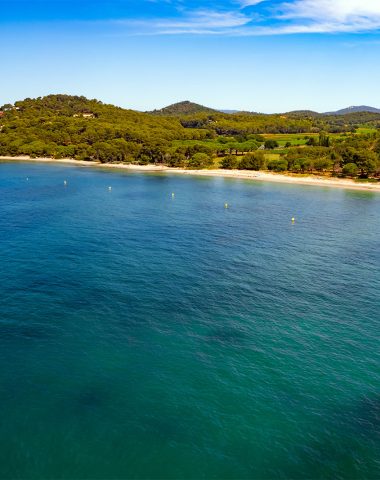As you draw near the medieval village of Bormes les Mimosas, the sea’s irresistible call beckons. Stretching along the Bormes coastline are expansive, breathtaking beaches with the finest sands, standing tall among the world’s most stunning shores. In every season – winter, spring, autumn, or summer – unveil surreal horizons that rival masterful paintings, and let the sands embrace you, each grain finer than the last!
The diversity of Bormes les Mimosas’ beaches
The coastline of Bormes les Mimosas is a true paradise for beach lovers. With 17 kilometers of sandy shores, you’ll find a wide variety of beaches to suit your preferences. From large and accessible beaches near the shops to small and secluded coves, there’s something for everyone to enjoy..
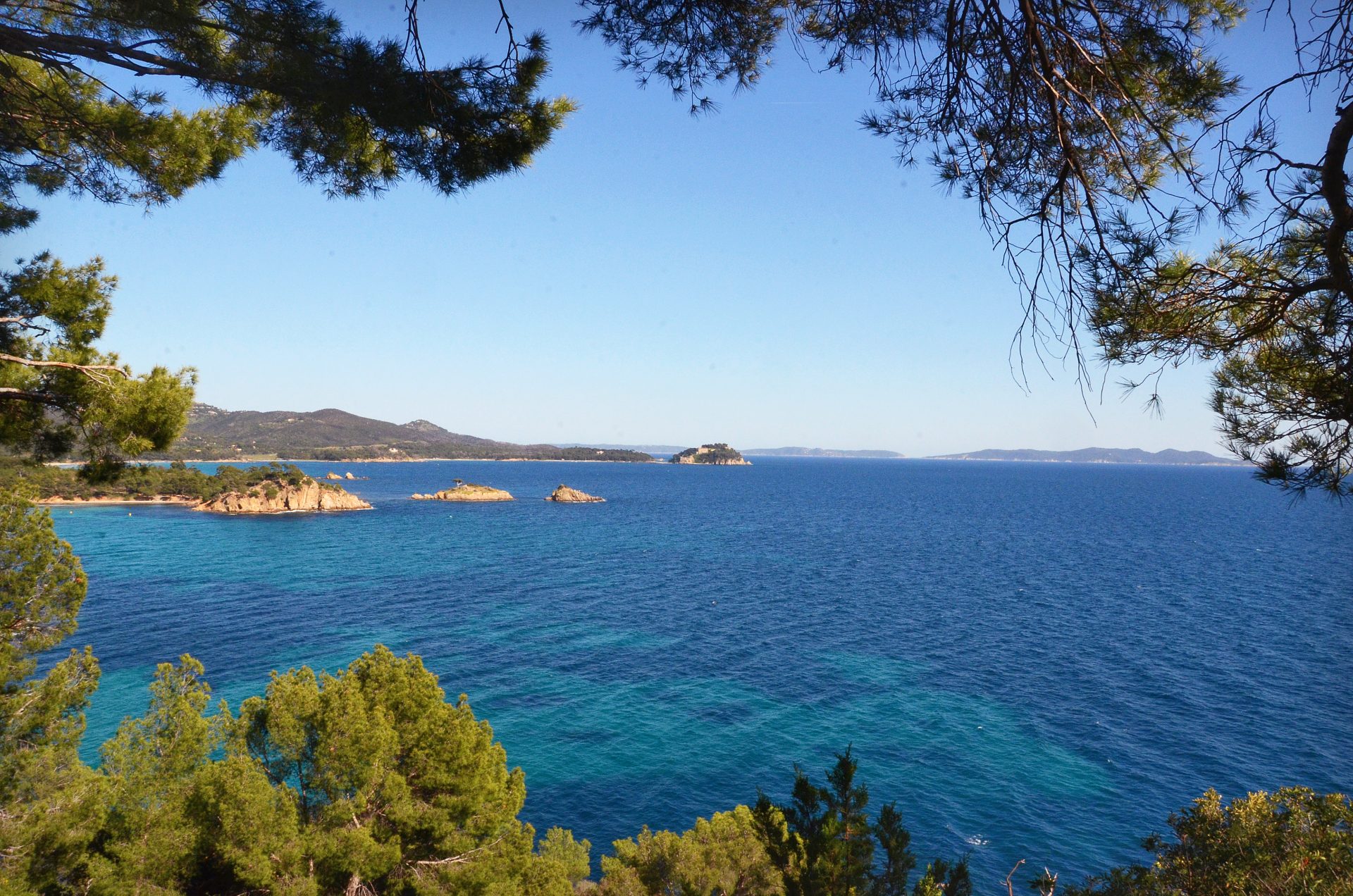
Starting near the port of La Favière, you’ll find the largest beach in the area, stretching for 680 meters. Its light beige sand and convenient location make it a popular choice for visitors.
If you venture further along the coastline towards Cap Bénat, you’ll discover hidden coves and secluded beaches. Following the coastal path in this direction will lead you to stunning landscapes and picturesque beaches. It’s an adventure worth embarking on if you’re up for exploration.
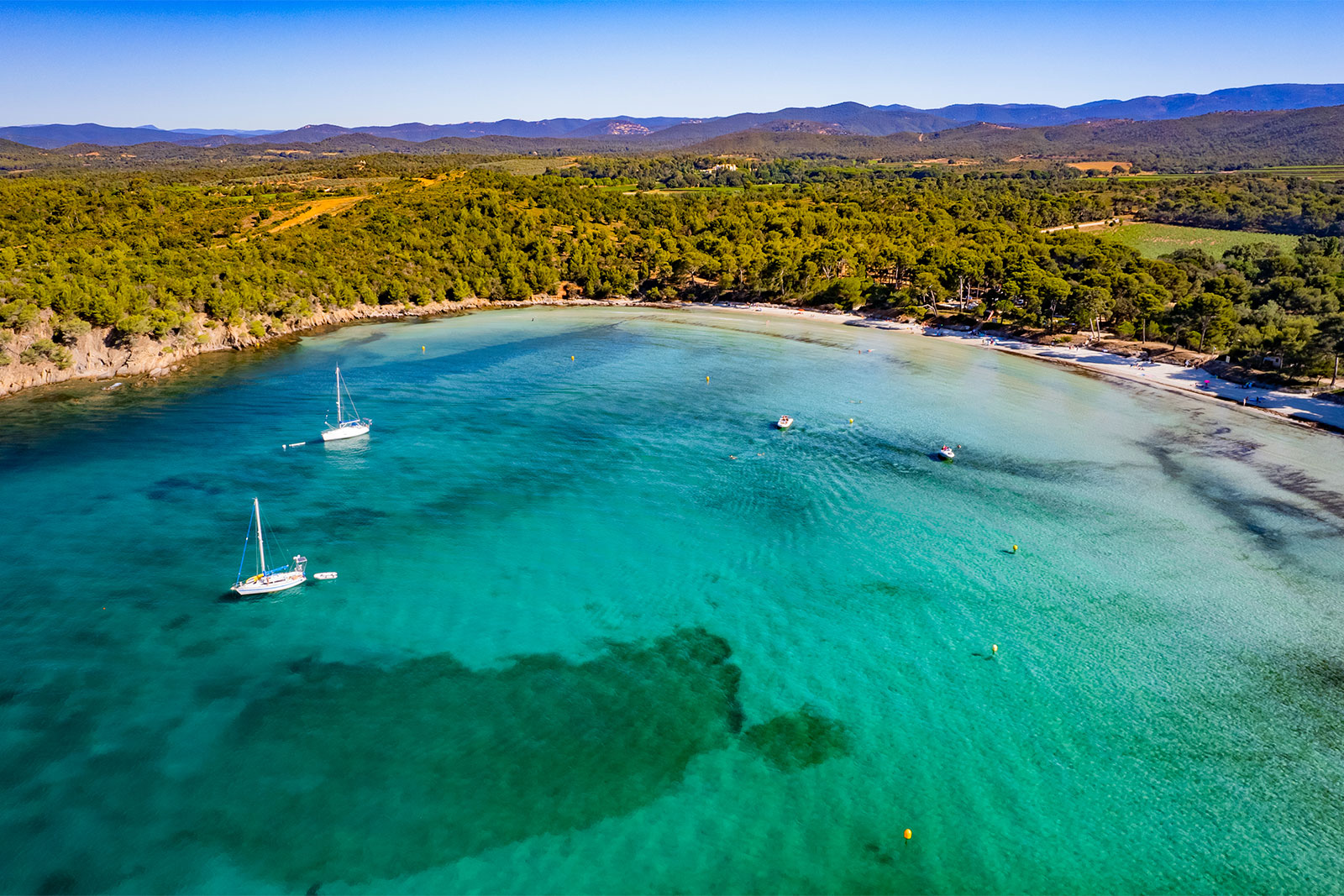
In the Cabasson area, spanning from the Fort of Brégançon to the border with La Londe les Maures, you’ll discover an impressive collection of beaches. Notable among them are Brégançon, Cabasson, La Vignasse, La Mère Dieu, Grand Jardin, L’Estagnol, Léoube, and Pellegrin, accompanied by a series of charming small creeks. Each beach boasts its unique characteristics, with sands ranging from off-white to gray and textures varying from fine and floury to slightly more granulated. The different orientations of these beaches provide diverse views, granting you the pleasure of admiring the stunning bay of Hyères and its golden islands, as well as the iconic Fort of Brégançon.
The sands of the beaches display diversity, ranging from off-white to grey, from floury to more granular. And the different orientations of these beaches offer a range of views. Admire the Hyères roadstead and its golden islands, or the Fort de Brégançon: jewels of the Var coastline. Some of these fine sandy beaches are more challenging to access. Indeed, their primary entry point is at Plage de Cabasson. From there, you must follow the coastal path to reach the other beaches. However, from April to October, the Domaines de l’Estagnol and Léoube provide coastal access. Alternatively, you can join the trail leading to the Bormes beaches from the opposite side of the Fort, beginning at Plage de l’Argentière in the neighboring town of La Londe.
The coastal path: a common thread from beach to beach
The coastal path in Bormes les Mimosas serves as a connecting thread between the beautiful beaches of the area, allowing you to explore them one by one. This path runs along the coastline, meandering over sand and rocks, and offers stunning views of the bay of Bormes.
To begin your beach-hopping adventure, you can start from the port of La Favière and head towards Cap Bénat. When you’re standing on La Favière Beach facing the sea, turn right and follow the path. As you walk along the coast, you’ll encounter smaller, lesser-known, and more secluded beaches that are a bit more challenging to access. The path will lead you to various creeks and coves, eventually reaching Cap Blanc, the southernmost point of the commune. Beyond Cap Blanc, the path is currently under study and restoration, so you’ll need to turn back and retrace your steps.
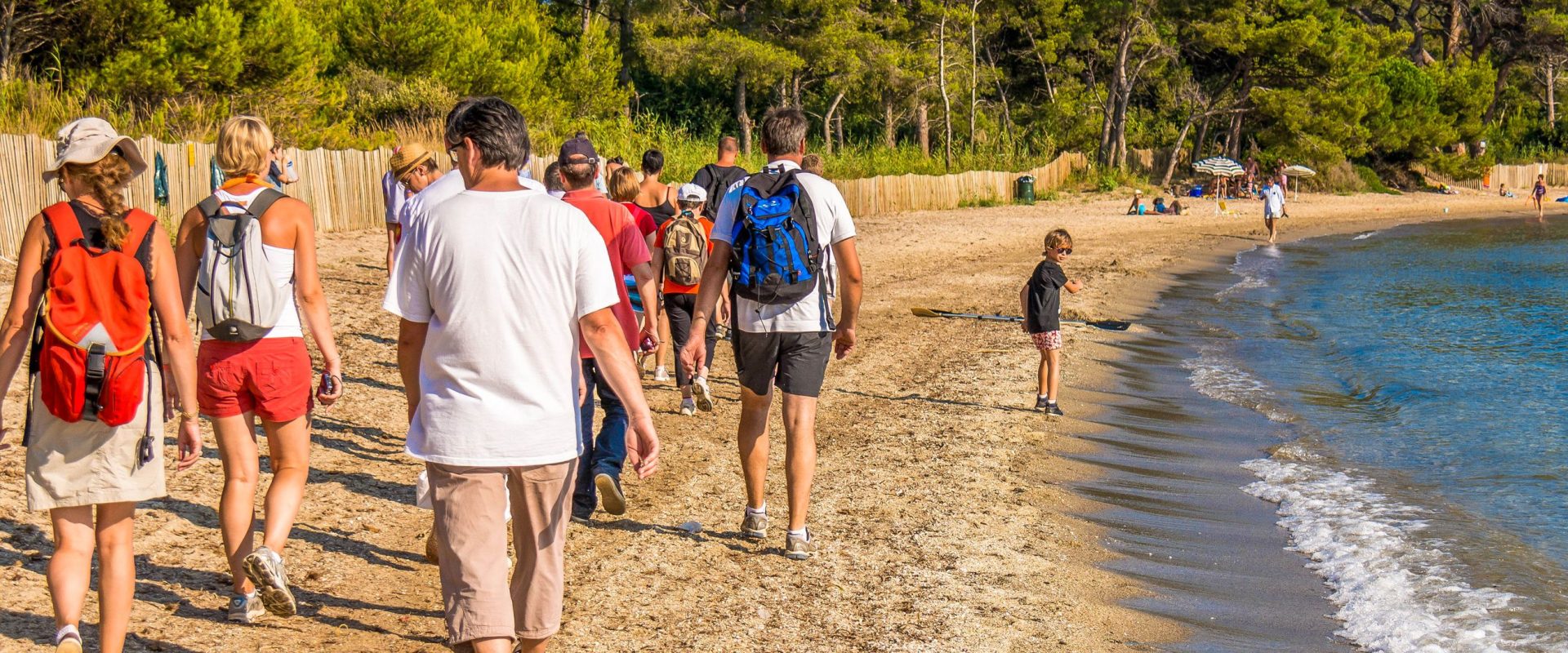
On the other side, starting from the Fort of Brégançon and also heading right when facing the sea, following the path will lead you to discover the rest of the beaches in Bormes les Mimosas. From Brégançon Beach to La Vignasse Beach, and all the way to Pellegrin Beach, you’ll have approximately 8 kilometers of coastline to explore, with an abundance of hidden beaches awaiting your discovery.
Security and surveillance of the beaches in Bormes les Mimosas
Safety and surveillance are paramount on the beaches of Bormes les Mimosas. The city has implemented increased surveillance on La Favière Beach and Cabasson Beach. The first aid stations on these beaches are staffed with a total of 7 lifeguards, easily identifiable by their yellow fluorescent t-shirts and red shorts. They are present daily from June to September, from 10:30 am to 6:30 pm.
Regular sampling and analysis are conducted year-round along the Bormes coastline to ensure constant monitoring of the environmental health of the marine environment and the quality of the bathing water.
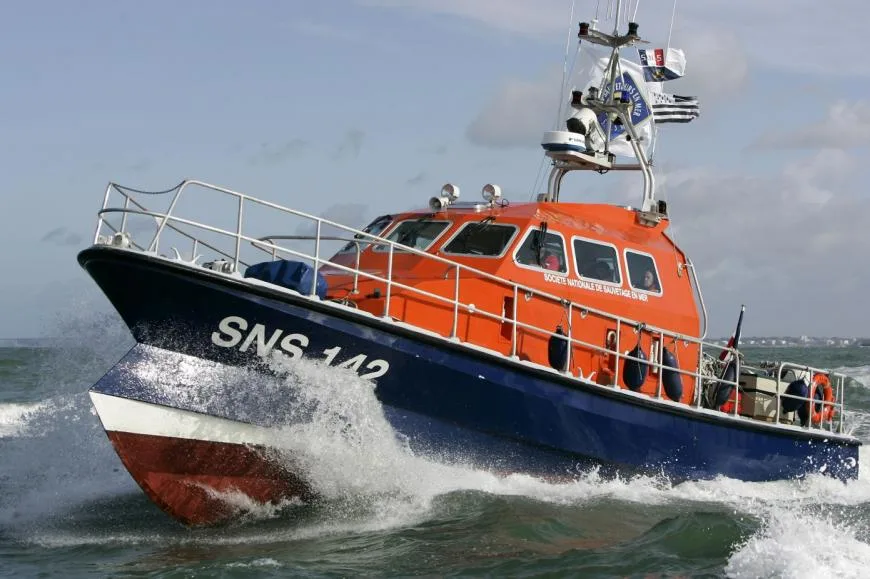
Additionally, the nautical brigade of the Var and the SNSM (National Society for Sea Rescue) are present on the maritime front throughout the year, further enhancing safety measures.
Jellyfish
Jellyfish can be found in the waters of Bormes les Mimosas throughout the year, but their presence varies in different periods. The most common species encountered is the Pelagia noctiluca, also known as the purple jellyfish. These jellyfish are purple and gelatinous, and if you come into contact with them, they can sting and cause skin irritation. While their sting is unpleasant, it is important to note that they are not deadly. Purple jellyfish play a crucial role in the biological balance of the Mediterranean Sea as they are an essential part of the food chain.
During the summer season, lifeguards, maritime authorities, and the guards of the National Park of Port Cros are vigilant in monitoring the presence of jellyfish. You can find information about jellyfish on the notice boards at the entrance of the beaches, and there are also websites that provide updates on the presence or absence of jellyfish in the area.

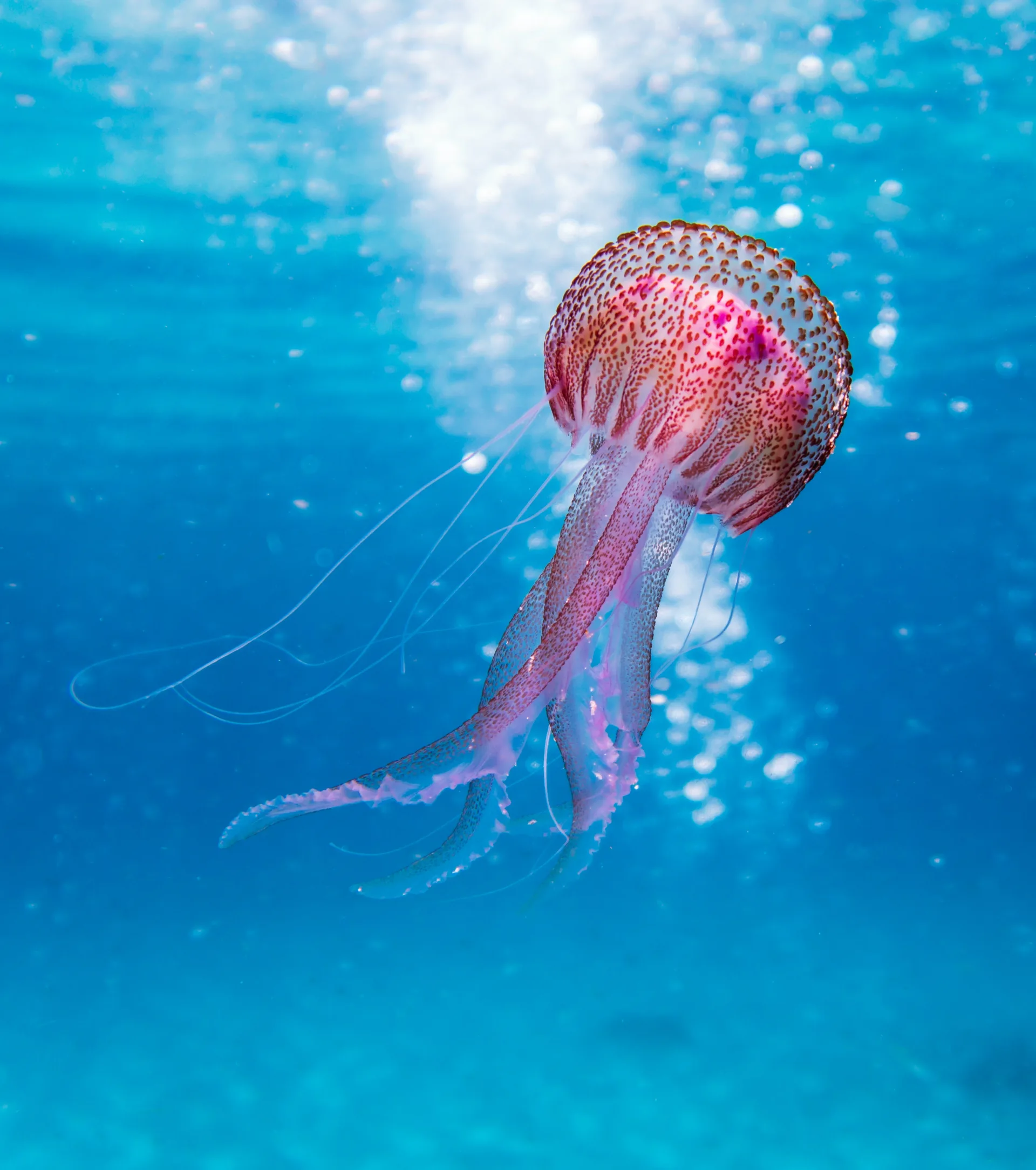
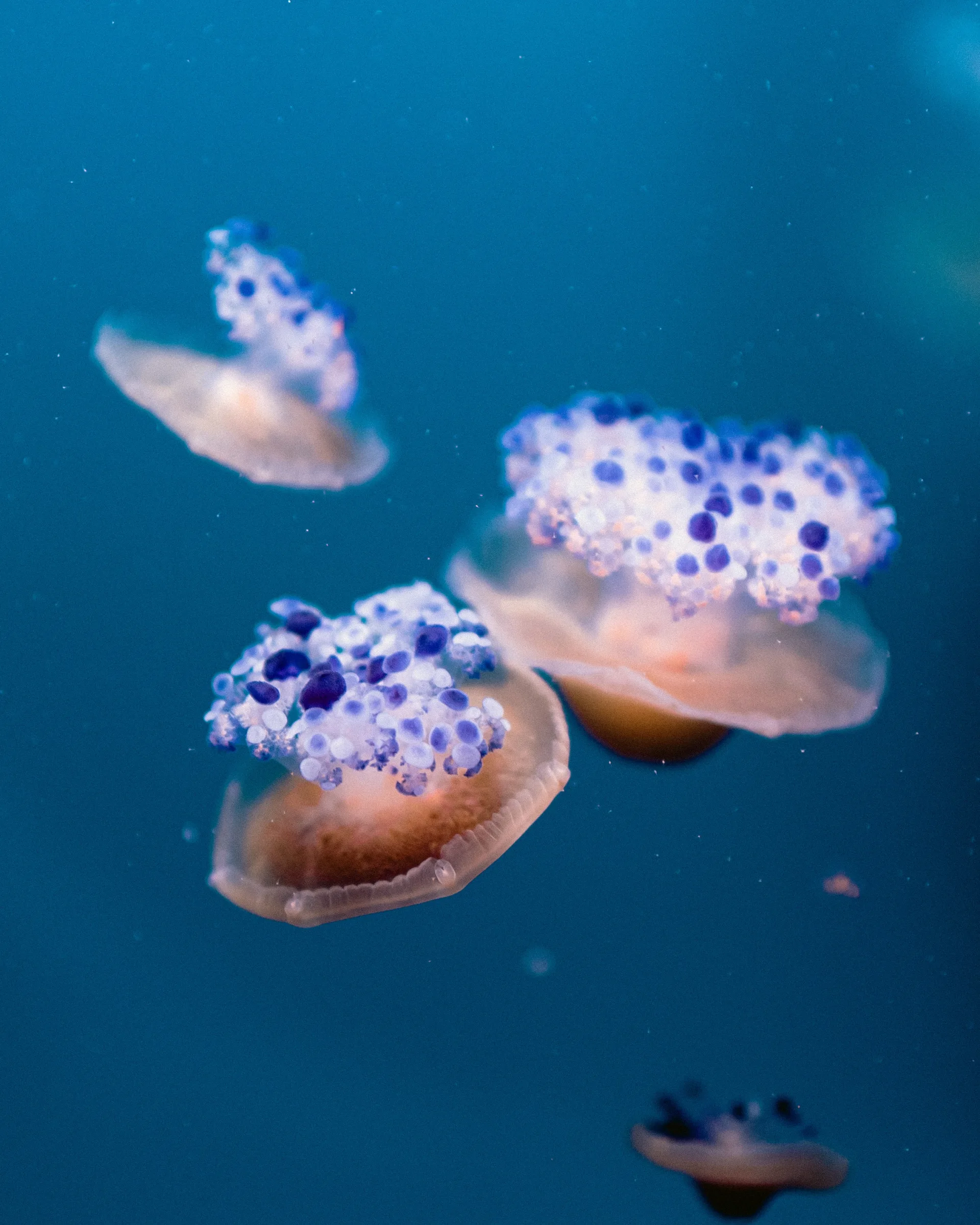
Posidonia
In addition to jellyfish, you may notice small “seaweeds” washed up on the shore. These are actually sea grasses called “posidonia” that have reached the end of their life cycle and risen to the surface. Posidonia is not algae but a type of sea grass. These beds of posidonia, found in the seabed of the entire Mediterranean, are crucial for the preservation of marine fauna as they provide habitats and serve as a food source for many species. Posidonia plays an important role in preventing beach erosion and maintaining the ecological balance of the coastline.
